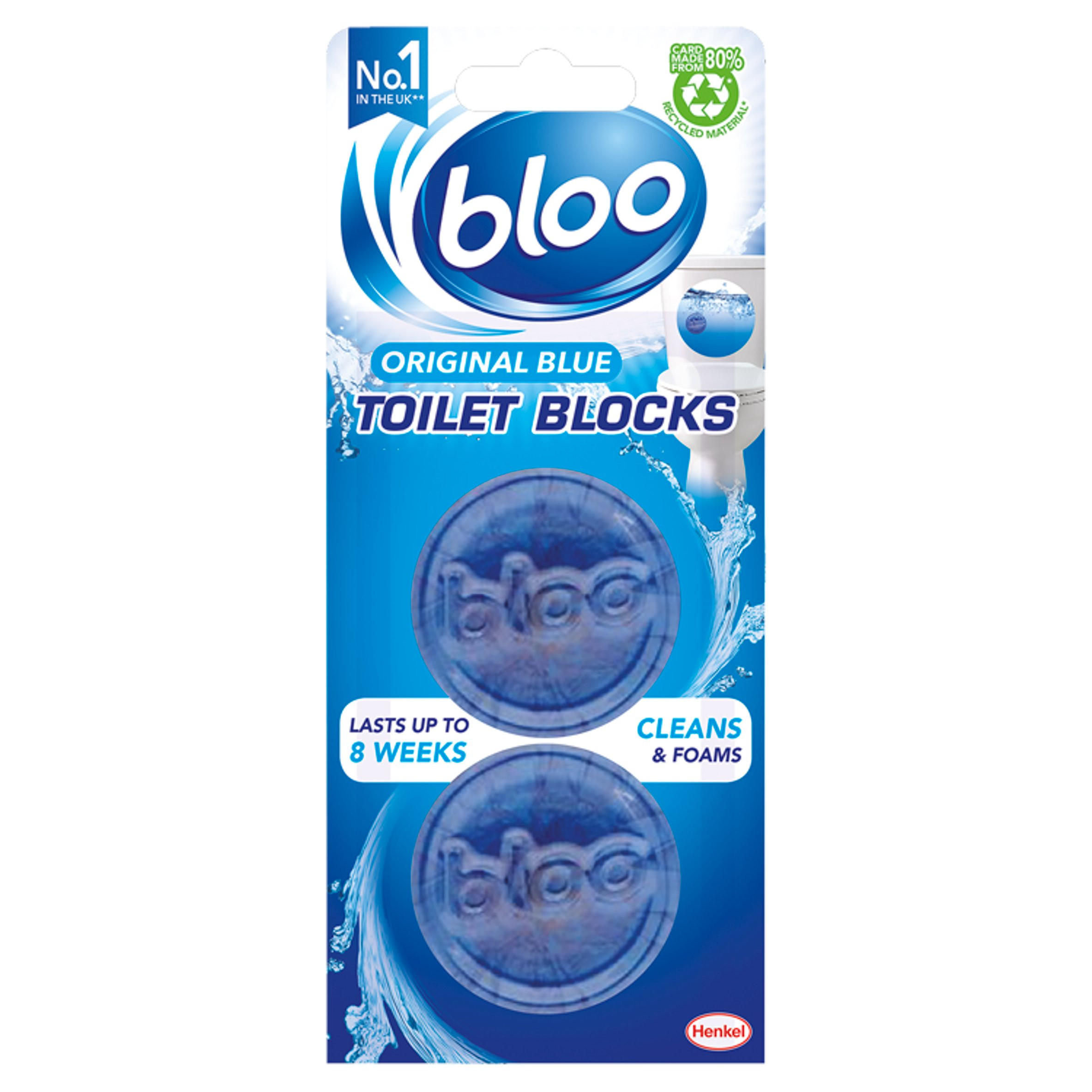
Laboratory studies have shown that too much exposure to blue light can damage light-sensitive cells like those found in the human retina. The fact that blue light reaches the retina of the eye is important. Blue light might increase the risk of macular degeneration. On the other hand, virtually all visible blue light passes through the cornea and lens and reaches the retina. (Keep in mind, though, that sunglasses that block 100% of UV are essential to protect these and other parts of the eye from damage that could lead to cataracts, snow blindness, pinguecula, pterygium, and even certain types of cancer.) In fact, less than 1% of UV radiation from the sun reaches the retina, even if you aren’t wearing sunglasses. Structures in the front half of the eye (the cornea and lens) are very effective at blocking UV rays from reaching the light-sensitive retina at the back of the eyeball. Our eyes are not very good at blocking blue light. This greater degree of scattering of blue light is what makes a cloudless sky look blue. High-energy blue light rays scatter more easily than other visible light rays when they strike air and water molecules in the atmosphere. HEV blue light rays make the sky look blue. It's possible there may be long-term effects of blue light from computers and phones on the health of our eyes. But the amount of time people spend using these devices and the proximity of these screens to the user’s face have many eye doctors and other health care professionals concerned. The amount of HEV blue light these devices emit is only a fraction of that in sunlight. Most notably, the screens of computers, tablets, smartphones and other digital devices produce significant levels of blue light. But there are many other sources of blue light - including LED lighting and flat-panel screens. Sunlight is the main source of blue light, and being outdoors during daylight is where we get most of our exposure to it. Here are important things you should know about blue light: 1. Like ultraviolet radiation, high-energy visible blue light has both benefits and risks. So, about one-third of all visible light is considered high-energy visible (HEV) or “blue” light. Blue light sometimes is further broken down into blue-violet light (roughly 380 to 450 nm) and blue-turquoise light (roughly 450 to 500 nm). (By the way, a nanometer is one billionth of a meter - that's 0.000000001 meter!)īlue light generally is defined as visible light ranging from 380 to 500 nm. Generally, scientists say the visible light spectrum comprises electromagnetic radiation with wavelengths ranging from 380 nanometers (nm) on the blue end of the spectrum to about 700 nm on the red end. In moderation, however, UV rays have beneficial effects - such as helping the body manufacture adequate amounts of vitamin D.

These rays can also cause sunburned eyes - a condition called photokeratitis or snow blindness.
#Blue blocks 2 skin#
The bulbs in tanning booths emit a controlled amount of UV radiation specifically for this reason.īut too much exposure to UV rays causes a painful sunburn - and even worse, can lead to skin cancer.

UV rays have higher energy than visible light rays (including blue light), which makes them capable of producing changes in the skin that create a suntan. SEE RELATED: Does red light therapy protect the eyes? The perils and benefits of UV This is why the invisible rays just beyond the visible light spectrum are called ultraviolet (UV) radiation. On the other end of the visible light spectrum, blue light rays with the shortest wavelengths (and highest energy) are sometimes called blue-violet or violet light. (But these lamps also emit visible red light so people know the lamps are on! The same is true for other types of heat lamps.) The “warming lamps” you see in restaurants emit infrared radiation. Invisible ray just beyond the red end of the visible light spectrum are called infrared radiation. Those on the red end of the spectrum have long wavelengths and less energy.

Rays on the blue end of the visible light spectrum have short wavelengths and high energy. Light rays that have short wavelengths have more energy and those with longer wavelengths contain less energy. Without getting into complicated physics, there's an inverse relationship between the wavelength of a light ray and the amount of energy it contains. Digital electronic devices emit blue light that can cause eye strain and may lead to eye problems over time.


 0 kommentar(er)
0 kommentar(er)
